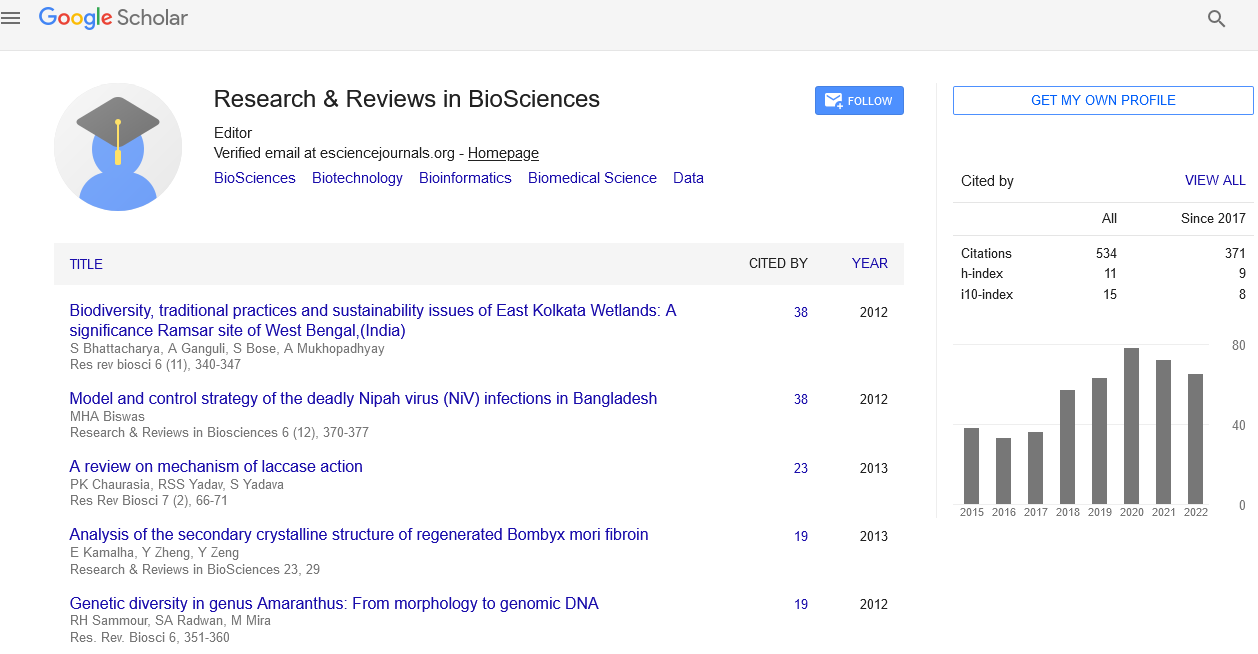Abstract
Rhizosphere Microbial Communities: A Review
Author(s): Oyewole OA and Asiotu NRhizosphere is the region of soil immediately surrounding plant roots. There aremore microorganisms in the rhizhosphere than in the rhizosphere free soil. Somemicroorganisms found in the rhizosphere are, bacteria (e.g. species of Azotobacter, Rhizobium, Pseudomonas, Bacillus), actinomycetes (e.g. species of Actinomyces, Nocardia and Streptomyces), fungi (e.g. species of Aspergillus, Penicillium, Fusarium, Cladosporium), protozoan (e.g. species of Entamoeba, Euglena) and viruses (e.g. bacteriophage, species of Myxovirus). However, bacteria are the predominant microorganisms. Plants secrete many compounds into the rhizosphere which serve as food for the microorganisms, e.g. amino acids, organic acids, carbohydrates/sugars, nucleic acid derivatives, growth factors, vitamins and mucilage.Microorganisms in return fix nutrients to the plants. There are several ecological relationships between plant roots and microorganisms in the rhizosphere e.g. mycorrhizae (fungi and plant root). Several relationships exist between microflora of the rhizosphere, this may be beneficial (e.g. cometabolism and mutualism) or detrimental (e.g. predation, amensalism and competition). The factors that affect the microbial floral of the rhizosphere are soil type, moisture, soil amendments/fertilizers, rhizosphere pH, proximity of root with soil, plant species, age of plant and root exudates.
